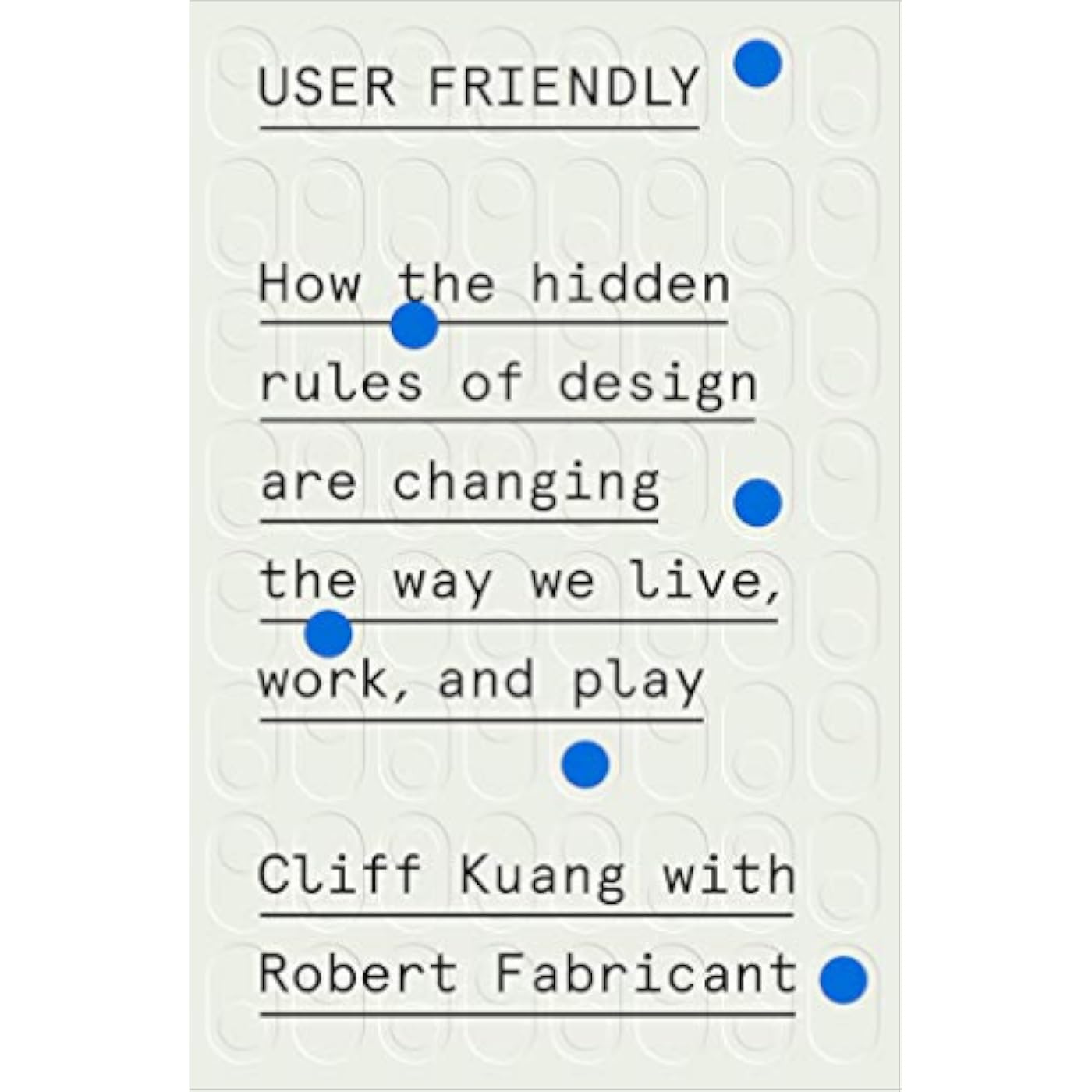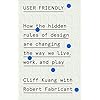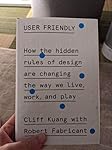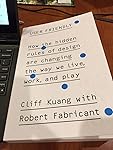

Ready to go? Add this product to your cart and select a plan during checkout. Payment plans are offered through our trusted finance partners Klarna, PayTomorrow, Affirm, Afterpay, Apple Pay, and PayPal. No-credit-needed leasing options through Acima may also be available at checkout.
Learn more about financing & leasing here.
This item is eligible for return within 30 days of receipt
To qualify for a full refund, items must be returned in their original, unused condition. If an item is returned in a used, damaged, or materially different state, you may be granted a partial refund.
To initiate a return, please visit our Returns Center.
View our full returns policy here.
Publisher : MCD; Illustrated edition (November 19, 2019)
Language : English
Hardcover : 416 pages
ISBN-10 : 0374279756
ISBN-13 : 52
Item Weight : 1.1 pounds
Dimensions : 5.69 x 1.41 x 8.31 inches
Best Sellers Rank: #152,004 in Books (See Top 100 in Books) #41 in Industrial Product Design #89 in User Experience & Website Usability #112 in Design History & Criticism
#41 in Industrial Product Design:
#89 in User Experience & Website Usability:

